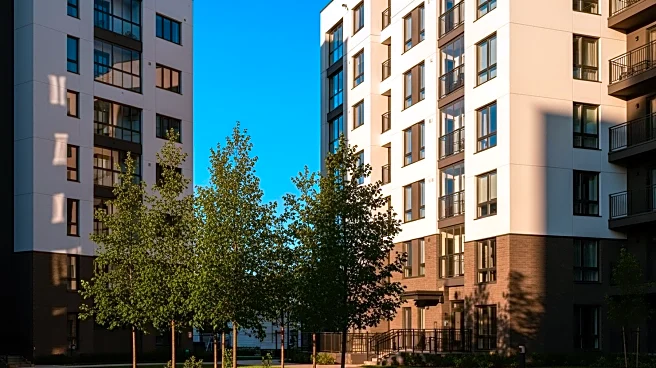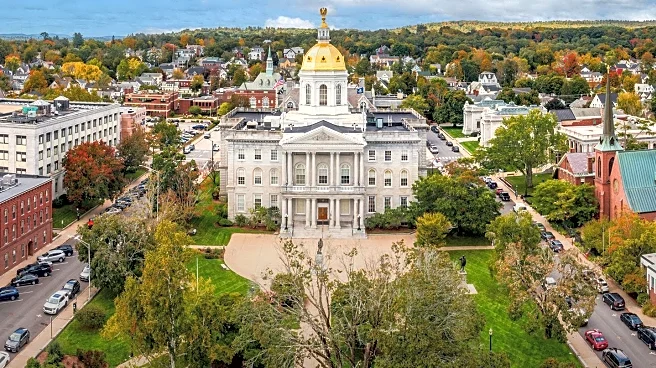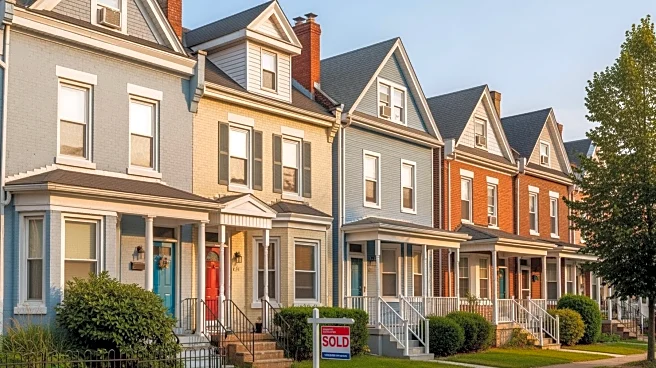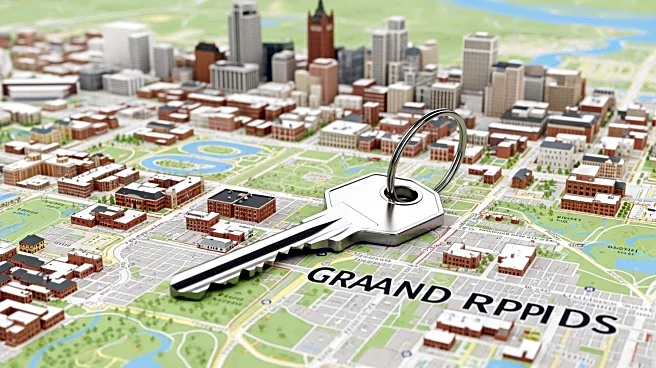What's Happening?
Pamilla Apartments in San Diego has been sold for $58 million, with plans to maintain it as naturally affordable workforce housing. The complex, built in 1965, consists of 203 units and is located near
major employment centers and educational institutions. The new owners, Bridge Investment Group and Ethos Real Estate, aim to renovate the property while keeping it affordable for low- and moderate-income households. This sale reflects a growing trend in the real estate market, where older properties are repurposed to meet the demand for affordable housing without relying on subsidies.
Why It's Important?
The sale of Pamilla Apartments highlights the increasing demand for affordable housing solutions in urban areas. By preserving existing properties as workforce housing, developers can offer more attainable living options for residents without the high costs associated with new construction. This approach addresses the housing needs of essential workers and supports economic stability in the region. It also demonstrates the potential for innovative real estate strategies to contribute to community development and social equity.
What's Next?
As the new owners begin renovations, the focus will be on enhancing the property's amenities while maintaining affordability. This may involve strategic upgrades to improve energy efficiency and living conditions. The success of this project could encourage similar initiatives in other cities, promoting the concept of naturally affordable housing as a viable solution to housing shortages. Additionally, ongoing collaboration with local stakeholders will be crucial in aligning the project with broader community goals.
Beyond the Headlines
The concept of naturally affordable housing challenges traditional models of affordable housing development, offering a market-driven approach to addressing housing needs. It raises questions about the role of private investment in social housing and the potential for sustainable real estate practices to contribute to urban resilience. As cities grapple with housing shortages, naturally affordable housing could become a key component of future urban planning strategies.












